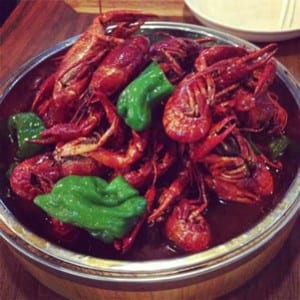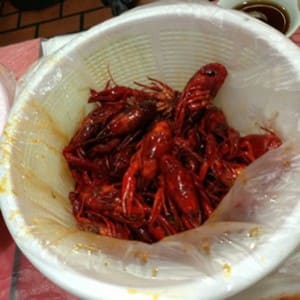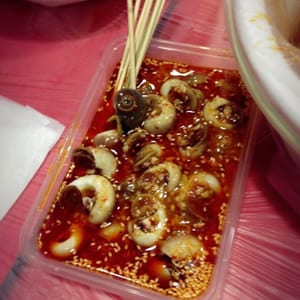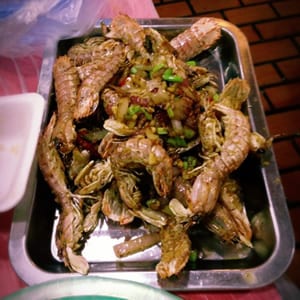- 2016.10.25
- Shanghai’s Late-Night Snack Culture
REPOTER

- Hironari Masuda
- JobCorporate Management
After working at Shanghai Television, he has been active as a reporter living in Japan for the fashion magazine “The Big City” and as a Chinese copywriter for an advertising company. He formed his own company in 2001 that focuses on media to provide services that attract Asian tourists. He served as the Chairman of the Steering Committee and as a stage manager for the “Asian Music Festival.” He also publishes a free magazine which is distributed by local travel agencies in China, Hong Kong and Taiwan, and manages a travel portal site encouraging Chinese people to visit Japan.
What's New
-

- 2025.06.30
- E-scooters
- Sao paulo( Brazil )
-

- 2025.06.27
- Blog Liguria - Blooming villages
- Genoa( Italy )
-

- 2025.06.26
- Planning a calligraphy event at a Japanese variety shop
- Sydney( Australia )
-

- 2025.06.25
- Flower design in London
- London( UK )
-

- 2025.06.24
- That’s someone’s job?
- Milan( Italy )
-

- 2025.06.23
- A Mirror Across Mountains — Shared Superstitions of the Kyrgyz and Japanese
- Bishkek( Kyrgyz Republic )
REPORTER
-

- Nami Minaki Sandra
- Sao pauloBrazil
-

- Patrizia Margherita
- GenoaItaly
-

- Hiroko Fujita
- SydneyAustralia
-

- GianFranco Belloli
- LondonUK
-

- Yuriko Mikami
- MilanItaly
-

- Daniiar Bakchiev
- BishkekKyrgyz Republic
-

- Susumu Yamada
- MadridSpain
-

- Megumi Ota
- Santo_isidoroPortugal
-

- Shoko Yamamoto
- ParacasPeru
-

- Patrick Sacco
- Austin, TexasU.S.A
-

- Alberto Ferrando
- SydneyAustralia
-

- Chieko Suganuma (maiden name : Nagura)
- Gold CoastAustralia
-

- Patrizia Margherita
- PortlandU.S.A
-

- Chuleeporn Suksabye
- Chiang MaiThailand
-

- Padra Rivodo Hiromi
- MonterreyMexico
-

- Erika Anderson
- CarmelU.S.A
-

- Keiko Miki
- DublinIreland
-

- Knowledge Capital Staff
- Japan-townJapan
-

- Rim
- DusseldorfGermany
-

- Claudia Diaz
- New YorkU.S.A
-

- Zia Fariya
- BangaloreIndia
-

- Mara Groner
- BerlinGermany
-

- Lisanne Kleinjan
- RotterdamNetherlands
-

- Christine Pilcavage
- MassachusettsU.S.A
-

- Martha Hickey
- MichiganU.S.A
-

- Mirai Tsuda
- FirenzeItaly
-

- Kazuya Yamaoka
- MontereyU.S.A
-

- Takae Nagamiya
- Los AngelesU.S.A
-

- Kazuhito Habu
- BerlinGermany
-

- Sanja Bogetic
- BelgradeSerbia
-

- Sarena Ehrlich
- FontainebleauFrance
-

- Yves Lalune
- DijionFrance
-

- Martha Hickey
- AmsterdamNetherlands
-

- Hiroshi Yamauchi
- VilniusLithuania
-

- Ritsuko Derickson
- WashingtonD.C.U.S.A
-

- Rei Watanabe
- BerlinGermany
-

- Tatsuji Seki
- BangkokThailand
-

- Rubin Cynthia Beth
- New HavenU.S.A
-

- Miho Bokuda
- FirenzeItaly
-

- Pat Lee
- Hong kongChina
-

- Weikalossu Lin
- TaichungTaiwan
-

- Emiko Ogawa
- LinzAustria
-

- Hironari Masuda
- ShanhaiChina
What's New
-

- 2025.06.30
- E-scooters
- Sao paulo( Brazil )
-

- 2025.06.27
- Blog Liguria - Blooming villages
- Genoa( Italy )
-

- 2025.06.26
- Planning a calligraphy event at a Japanese variety shop
- Sydney( Australia )
-

- 2025.06.25
- Flower design in London
- London( UK )
-

- 2025.06.24
- That’s someone’s job?
- Milan( Italy )
-

- 2025.06.23
- A Mirror Across Mountains — Shared Superstitions of the Kyrgyz and Japanese
- Bishkek( Kyrgyz Republic )
















